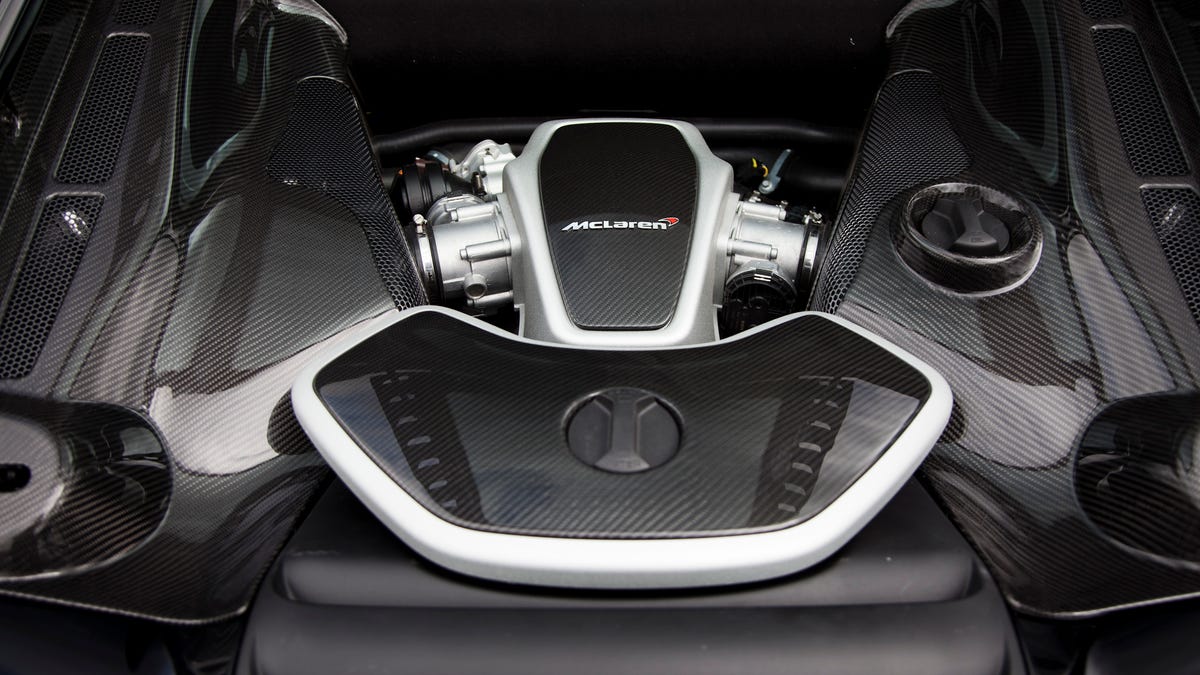Oily Bits: The cylinder head and valve train
Our mechanic takes us through the cylinder head and valve train and continues his explanation of how engines really work.

For an engine to work, a fresh mixture of air and gas has to be able to enter and exit the cylinders.
These induction and exhaust processes also need to occur at the correct moments, otherwise the engine won't run properly or even at all.
During the intake cycle the air and fuel mixture has to be drawn into the cylinder, then held there during the compression stroke. This mix then burns and expands, during the power stroke, after which the waste gas remaining needs to be pushed out of the cylinder in the exhaust stroke.
Permitting and controlling flow through the engine's cylinders is the cylinder head and valve train. Effectively the top part of the engine, the cylinder head contains intake ports, exhaust ports and precisely engineered combustion chambers that sit at the top of each cylinder.
The relevant ports connect the cylinders to the engine's intake system, which generally supplies fuel and air in a four-stroke engine, and the exhaust system which carries away spent gases. The design of the combustion chambers help control how the air and fuel fills, mixes, and burns in the cylinder.
Cylinder heads tend to be made of aluminum and feature oil and coolant passages to provide lubrication and cooling. In a spark-ignition four-stroke engine, spark plugs are also installed in the head, usually in the center of the combustion chamber, to provide a spark when needed.
To allow the engine to run, the intake and exhaust ports can't simply be left open however, because no compression or expansion could take place in the cylinders as they wouldn't be sealed.
So, controlling the opening and closing of the ports is the valve train. This consists primarily of valves, located in the combustion chamber and plugging the open ports, and a camshaft which typically sits in the head. The valves, held shut by springs, are opened by the action of the camshaft.
On the camshaft are lobes, which usually have egg-shaped profiles. Normally there's one lobe per valve and it either acts effectively directly on the valve, or the motion is transmitted to the valve via pushrods, rocker arms, or a combination of both.
The profile of the camshaft's lobes, and the design of the pushrods and rockers if present, precisely control the rate, height, and duration of the valve opening. This means that the intake and exhaust valves open at the right point and for the right time, letting each stroke function properly.
With the valves in place and shut, the engine's cylinder becomes an enclosed space, allowing for a proper compression and power stroke. As the intake stroke starts, the intake valves open allowing fresh mixture in, and vice versa for the exhaust stroke.
Driving the camshaft, which is around the same length as the cylinder head itself, is a belt or chain that's connected to the engine's crankshaft. This synchronizes the action of the valve train to the pistons so that the valves open and close when needed.
Most engines today have four valves per cylinder, two intake and two exhaust, so a four-cylinder engine would have 16 valves in total. These engines tend to have two camshafts in the cylinder head, one which operates the intake valves and the other operates the exhaust valves. This type of valve train is called "twin cam," or "dual overhead cam."
Numerous other designs and layouts of valve train exist, but the general principles are the same throughout. Can you name another type of valve train?